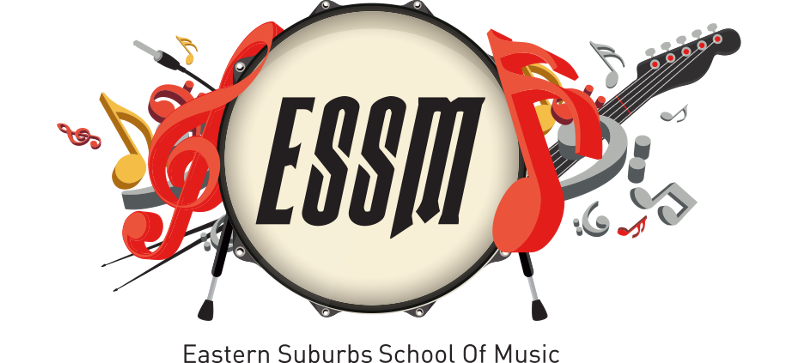Modes Made Easy
Modes confuse most musicians of all skill levels. Here we try and make the connection between scales you may already be familiar with to understand the modal system. This knowledge can be applied to all instruments.
Where do Modes come from?
Modes are simply taking a scale and starting it on a note other than the root. The effect this has creates new sounds due to the shift in tones and semitones. Not only will the sequence of notes create a new feeling on the listener but new chord sequences are used. Read about how scales are created in one of our previous posts.
They can be formed using the Major, Harmonic Minor and Melodic Minor. The natural minor is actually a mode of the major scale.
Modes of the Major Scale
As stated, we create modes by taking a scale and start them on a different note to what is considered the root. The most commonly used modes are those of the major scale. Modes are named after regions of ancient Greece. The modal system is also modelled after the ancient Greek music system that used the note labels A, B, C, D, E, F and G.
Using the Ionian mode as the starting point (we know this mode as the major scale we used today), modes were created like this
Ionian = C D E F G A B C
Dorian = D E F G A B C D
Phrygian = E F G A B C D E
Lydian = F G A B C D E F
Mixolydian = G A B C D E F G
Aeolian = A B C D E F G A
Locrian = B C D E F G A B
Each of these modes has its own unique character. These new sounds do closely resemble scales you should already be familiar with. All of these modes have a close relation to either a Major scale sound or the Natural Minor sound. the way that I became familiar with and ultimately mastering modes is understanding how they only change a Major scale or Minor Scale by one note.
If you have learned the Major scale and Natural Minor already as apart of your studying music theory you are soooo close to adding Modes into your repertoire.
Modes like the Major Scale
These modes are essentially the Major Scale with little changes made. See the below explanation to understand how to make these alterations to create modes.
Ionian = major scale.
Lydian = major scale with the 4th note raised one semitone (major scale with #4).
Mixolydian = major scale with 7th note lowered one semitone (major scale with b7).
Play them on your instrument and get familiar with how changing just one note creates a new character. They also make me think of certain artists that use the modes to emphasise the character and style in their music.
Mixolydian mode makes me think of AC/DC. Listen to the lead guitar melody in the verse of Thunderstruck and you hear a Mixolydian in use. A major scale would be too happy to place in this song. The b7 in Mixolydian makes a major scale a bit darker and blues based.
Lydian makes me think of guitarist Steve Vai. The raised 4th note puts air and mystery into the major scale.
Modes like the Minor Scale
Dorian = natural minor with 6th note raised one semitone (nat. minor with #6).
Phrygian = natural minor with 2nd note lowered one semitone (nat. minor with b2).
Aeolian = natural minor scale.
Locrian = natural minor with 2nd and 5th note lowered by one semitone (nat. min. with b2 and b5).
How Do I remember Which Mode is Major or Minor?
Relate the modes to the chords that are created by the major scale. A major scale will always create this chord sequence, regardless of what note you start on.
1 = major = Ionian = major scale
2 = minor = Dorian = nat. minor #6
3 = minor = Phrygian = nat. minor b2
4 = major = Lydian = major #4
5 = major = Mixolydian = major b7
6 = minor = Aeolian = natural minor scale
7 = diminished = Locrian = nat. minor b2 b5
We hope this lesson has enabled you to begin to understand more about Modes. Always, the best way to understand music theory is by playing it on your instrument. Theory simply explains things composers and musicians have done to create common patterns we like to hear.
For further information feel free to contact the Eastern Suburbs School of Music via the contact form on this website or by phone on the number at the top of this page.






 0421 705 150
0421 705 150